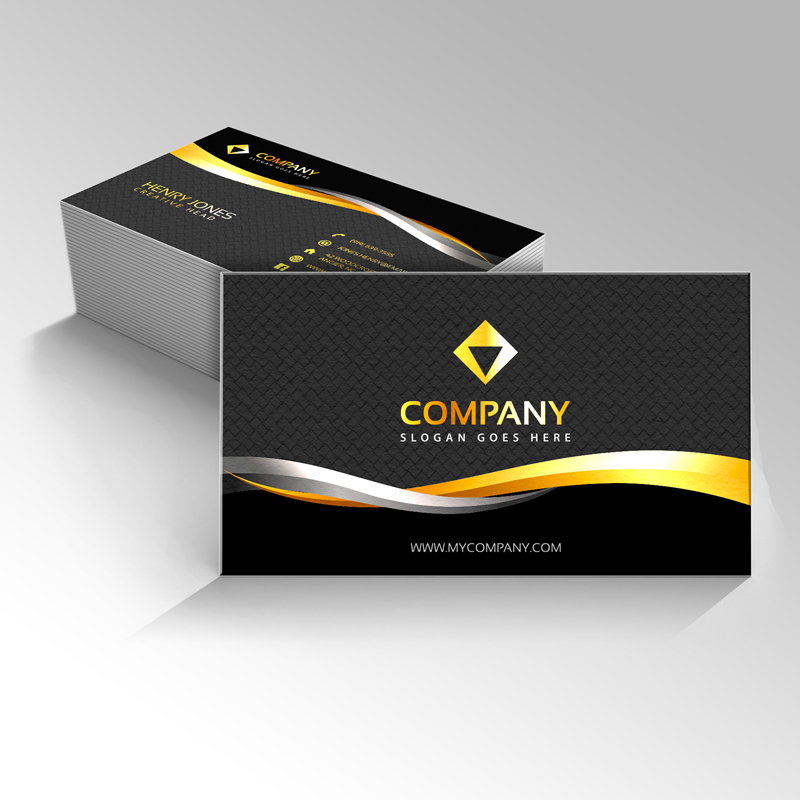What is the best way to create a great first impression for your enterprise? You need a great business card. It is a simple and small card that works wonders in explaining who you are.
Giving out several cards when attending an event such as a conference abroad could be the foundation stone for success. Interested investors will call back while clients will reach you for more inquiries. Therefore, how do you craft a winning business card? What information should you include?
Start by Selecting the Best Business-Cards Templates
Although you can indeed create a business card from scratch, it is advisable to go for professionally designed templates. The business-cards templates are made by experts who are consistently testing the effectiveness of different features. This means that you do not have to wonder about where to place your name or contact details. Simply select the preferred template and edit. Other advantages of ready-to-use templates include:
- They help to cut costs.
- You do not need expertise or special software to create professional-looking cards.
- The templates have been tested and proven to be effective.
- It takes a very short time to craft winning business-cards.
Your Name
This is obvious, right? But it is important to mention it. Your card should have your name properly written to ensure your target audience can easily identify you. You can opt to use your real name or another name selected for professional reasons. Also, if you have a title such as MSC or Dr among others, make sure to capture it well together with your title.
Area of Expertise or Your Title
Because business-cards are communication and branding tools, you want to tell the target audience about your job description. Your title or expertise will make clients interested in your services and follow you back to enquire more or place orders. When it comes to your title, the aim is to make sure you are as precise as possible. Good title presentation examples include a personal development coach, an accountant, an illustrator, a plumber or a car mechanic. These are the services you are selling.
Contact Details
Contact information is another crucial component of your business card. The contact details provide the audience with the details on how to reach you promptly and easily. The contact details can be your email address specifically created for business operations, or a phone number.
Note that unless you have services or a firm such as a photo studio or dental clinic that is located at a specific place, there is no need to include a physical address.
Social Media Handle
If you have a Facebook or Instagram handle, make sure to include it on the business card. Most people will immediately flip your social media page to find out more about who you are after getting the card. As you add the social media handle, it is also crucial to ensure that the pages are a perfect reflection of your brand. Therefore, you need to ensure it has the right glimpse of your work and is updated regularly. This will motivate the follower to try and reach you on social media and even share it
Your Business Logo
If you have a business logo, it is part of your identity and should be included in the card. But once you have started using a specific logo, it is advisable to stick to it. For example, the business logo on the cards should also appear in other materials such as invoices and receipts. But if you do not have a logo, simply leave it out.
Business-cards allow you to make a bold statement of who you are so that potential clients or interested parties can reach and work with you. Therefore, make sure to pick an impressive template and edit it to include all the personal details we have highlighted in this post.



